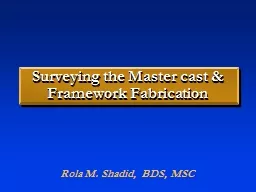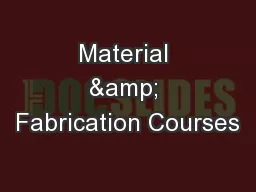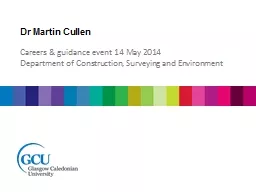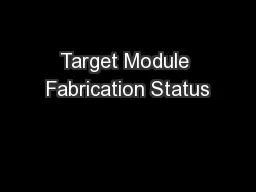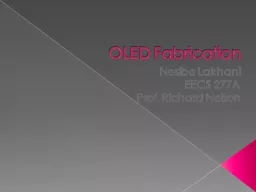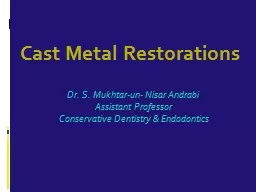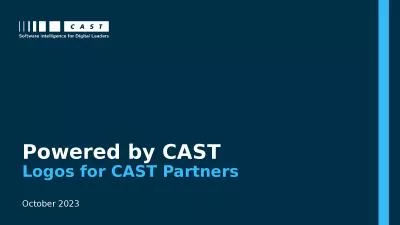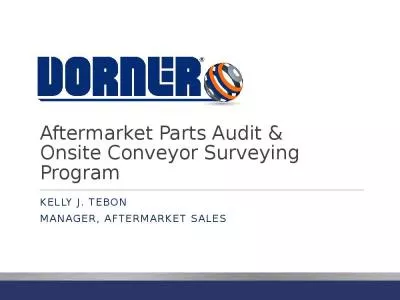PPT-Surveying the Master cast & Framework Fabrication
Author : min-jolicoeur | Published Date : 2016-08-03
Rola M Shadid BDS MSC The master cast must be surveyed as a new cast But the prepared proximal guiding plane surfaces will indicate the correct anteroposterior
Presentation Embed Code
Download Presentation
Download Presentation The PPT/PDF document "Surveying the Master cast & Framewor..." is the property of its rightful owner. Permission is granted to download and print the materials on this website for personal, non-commercial use only, and to display it on your personal computer provided you do not modify the materials and that you retain all copyright notices contained in the materials. By downloading content from our website, you accept the terms of this agreement.
Surveying the Master cast & Framework Fabrication: Transcript
Download Rules Of Document
"Surveying the Master cast & Framework Fabrication"The content belongs to its owner. You may download and print it for personal use, without modification, and keep all copyright notices. By downloading, you agree to these terms.
Related Documents

